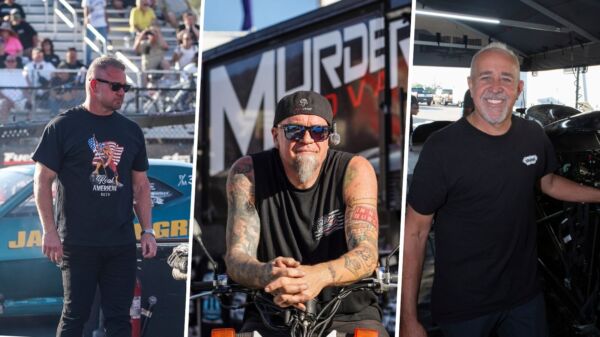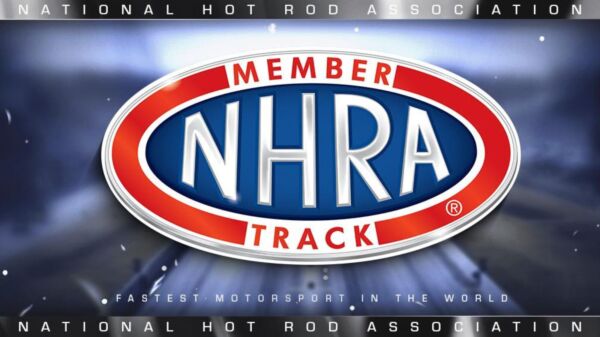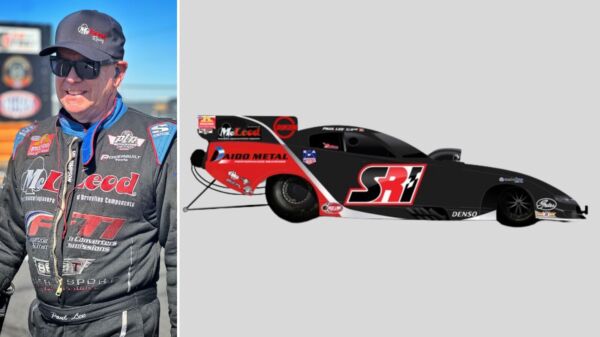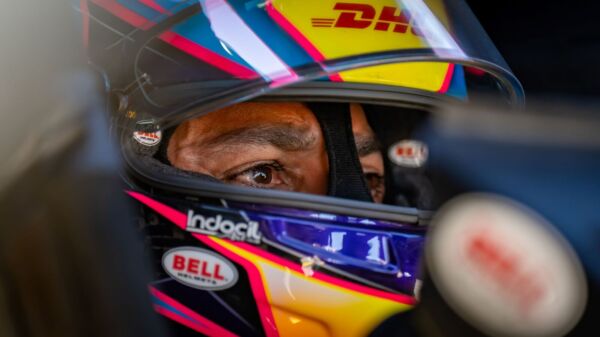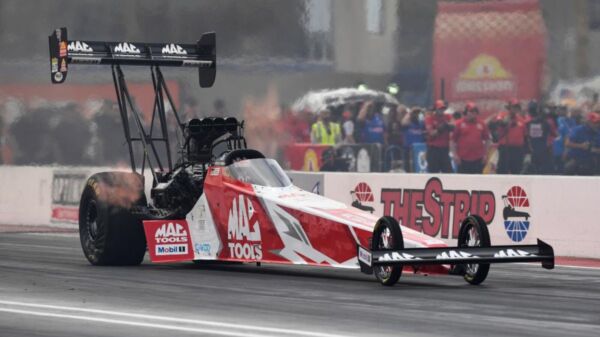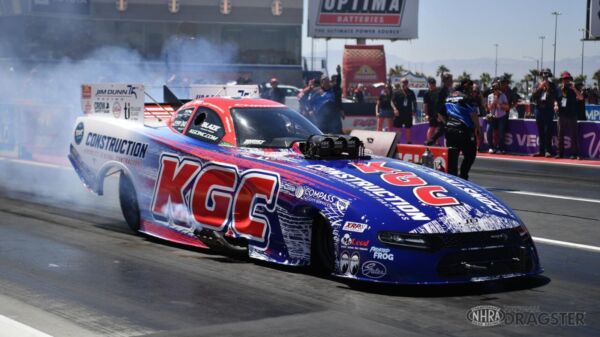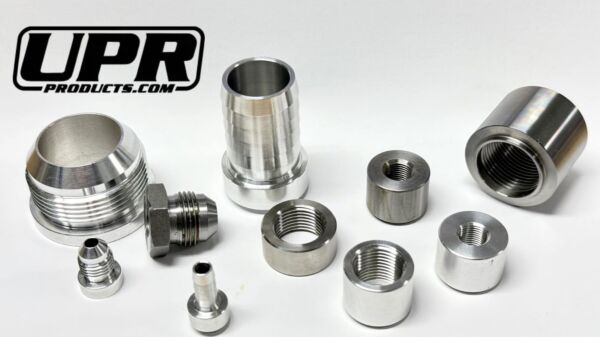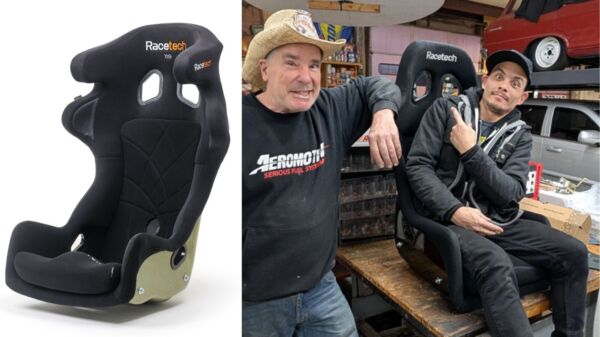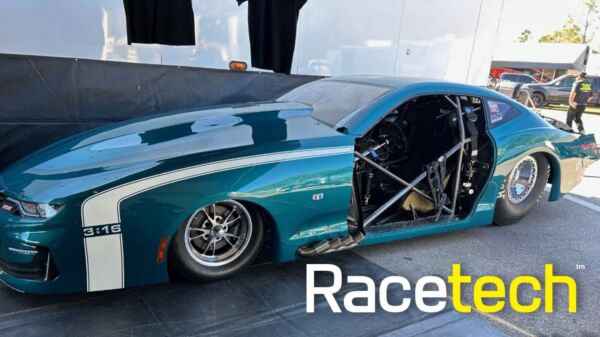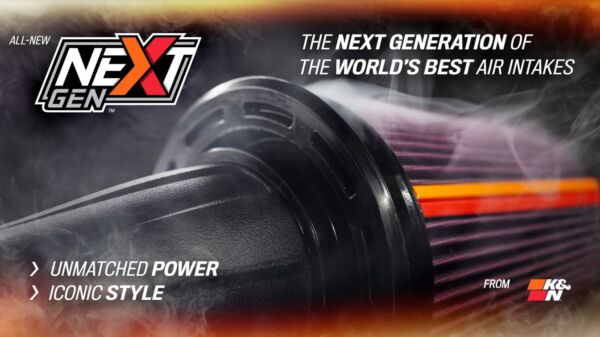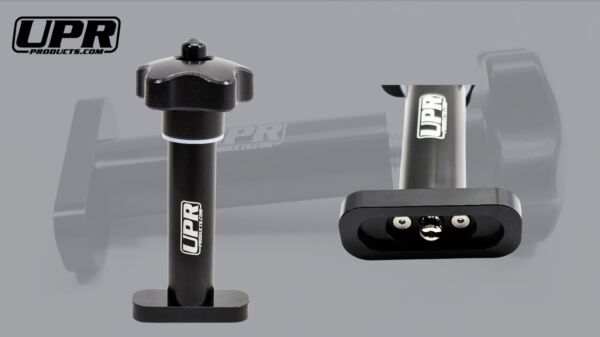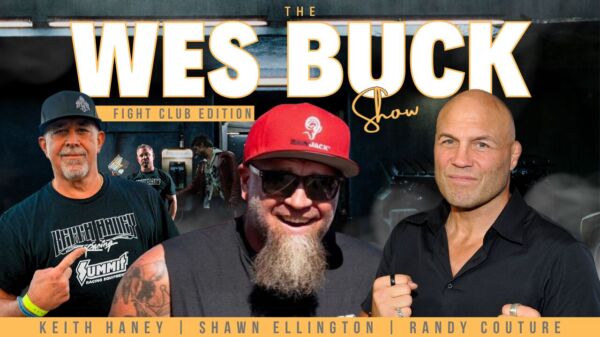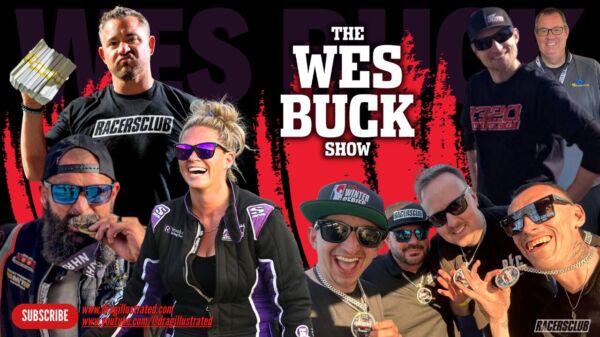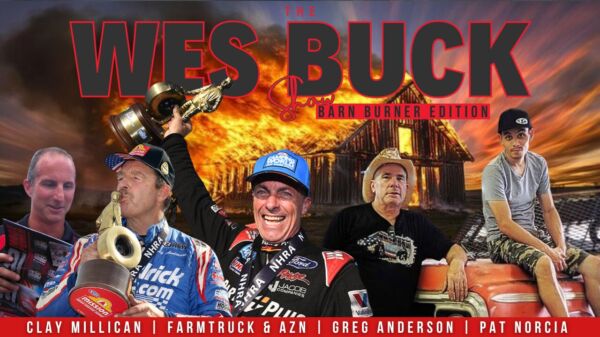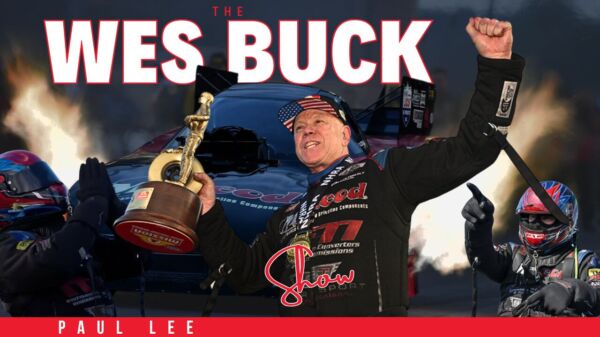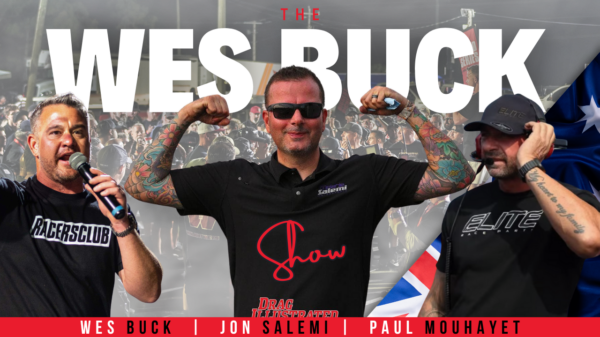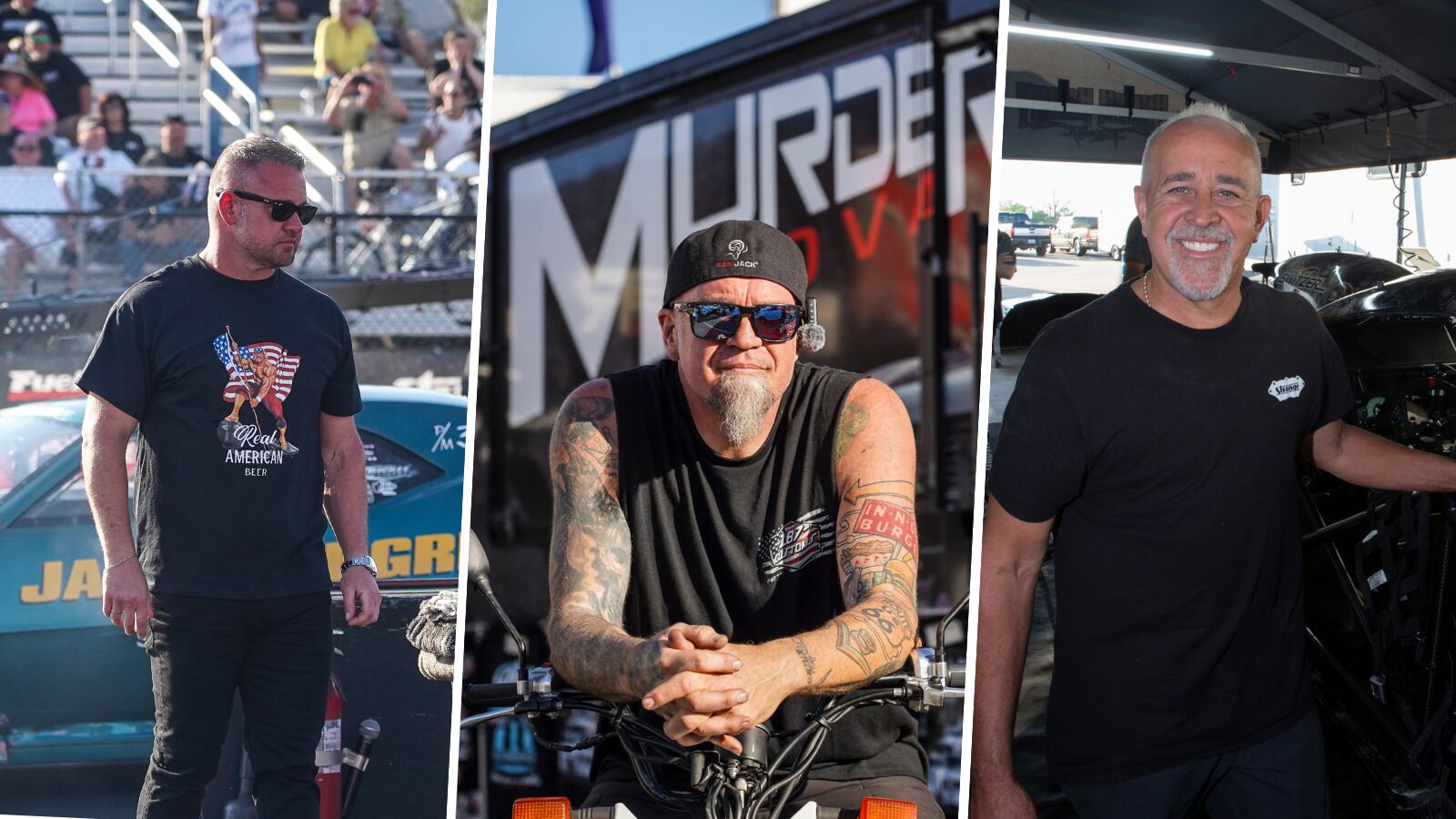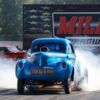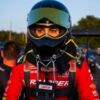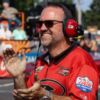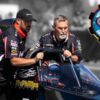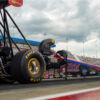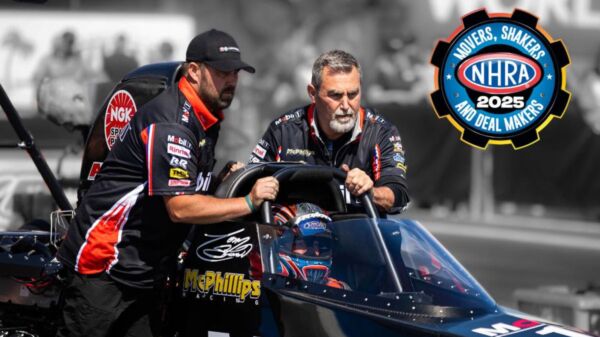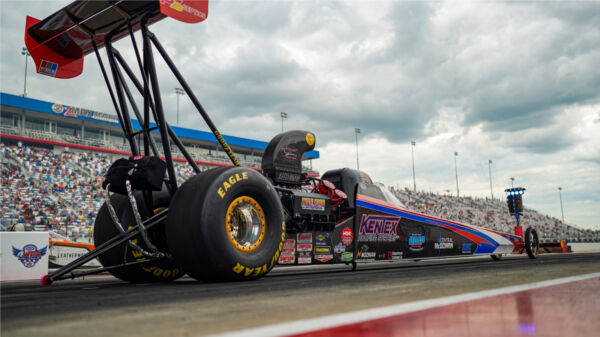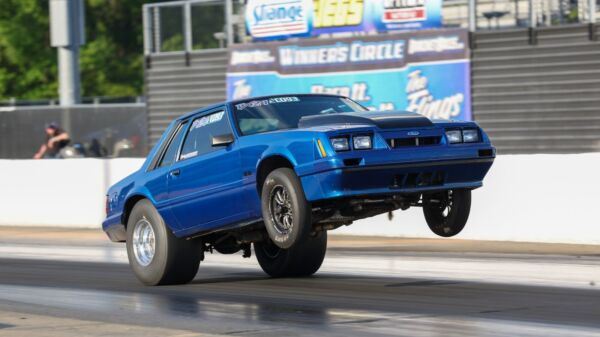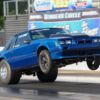Wes Buck and Keith Haney spent last Thursday night chasing a different kind of drag‑racing thrill. They drove 28 miles east from Xtreme Raceway Park into a south‑Dallas industrial pocket, where the blacktop canyon known as Yellow Belly Drag Strip has thumped to its own outlaw rhythm since 1955. Buck—with cameras rolling for The Wes Buck Show—and Haney—the Mid‑West Drag Racing Series owner—had one question for Shawn “Murder Nova” Ellington: “Shawn, have you ever been there?”
Ellington laughed. “I haven’t. It’s one of those things that’s on my bucket list,” he said. “I’ve seen millions of videos from that place. And it’s just somewhere that I want to go, but until I have time and have my small‑tire car lined out… it’ll happen at some point.”
They arrived just as Jimmy Dale and Michael Poland were launching the first Small Tire Gangstas event of 2025, a three‑day affair that included Thursday night’s $10,000-to-win 26-inch tire shootout on Thursday night. The stands were packed wall to wall, a living testament to Yello Belly’s outlaw allure. Buck later told listeners, “Every race, creed, and color was represented, and the crowd was decidedly young – way younger than you typically see at the drag races. And they were having the time of their lives – even though most of them probably couldn’t tell a spark plug from a torque converter. And that’s not a negative. That’s a good thing. These aren’t the folks you see lining the fences at a NHRA race that could probably tell you the firing order of a big-block Chevy.”
The on-track action was equally incredible. The lightly prepped and notoriously rough racing surface had drivers on their toes.
“I thought I was a race‑car driver. I really did until I seen them boys wheel it from one end of the racetrack to the other, from one side of the racetrack to the other,” Haney said. “You get yourself a different perspective on all this stuff when you see those guys trying to rein in a couple thousand horsepower after hitting the ground with no traction. Zero.”
By midnight, Buck and Haney had helped clean up a massive oil down on the track, a souvenir of the evening’s pulse. “Believe it or not, both of us were out on the track trying to help Chris Raska, Jimmy Dale, Poland and the whole team at Yello Belly try to clean up what was one helluva mess,” Buck admitted. “They did all the hard work, we just slung some oil dry, helped broom and blow it all off. Honestly, I thought they might have to pull the plug on the deal. It was bad. I was sick to my stomach. Jimmy and I walked up and down the track, it was as good as it could be all things considered. He looked at me and said, ‘we’re gonna run it’ and within about 20 minutes cars were running, and flying down that thing. I was impressed.”
Safety concerns are inevitable at an outlaw venue and it’s the subject of much debate in drag racing, but, as Buck put it on the show, “Humans gonna human, boys—they’ve been running since 1955 and Facebook comments won’t change it.”
“You know, it’s what started all of this stuff. And the last thing we need to do as a sport is alienate those people, right, or make them feel bad. I was looking at it through the lens of folks making questionable decisions—they don’t know any better. They’ve never been to a NHRA national event, never seen a pro‑level drag race, they might not even know there’s such a thing as a 20‑layer fire suit. And for me, I’m glad they’re not out racing in some random industrial area—I was glad they had an EMS on site. But what really hit me was the crowd – all these teenage kids, girls, young women—smiling, laughing, having the time of their lives, not knowing what a 60‑foot time even is or what a good reaction might be. They were just there to have fun and be with their friends. As we finally rolled out at 1:45 a.m. we had to swing by The Taco Lady – very worth it, by the way – and I realized that I really didn’t want to leave. I haven’t felt like that at a dragstrip too many times.”
That raw enthusiasm, the trio agreed, is what fuels drag racing’s future. “Some of the bigger places need to take a look at it and see they’re obviously doing something right because the place is packed,” Ellington said. “Every time they go to the track, they’re putting more and more of their hard‑earned money into this race car… somebody in the stands is watching that guy with the biggest shitbox out there going, ‘Man, I want to do that someday.’”
It was nearly 2 a.m. before Ellington’s phone buzzed. “Dad, who’s going to win this race?” his son texted. “He knows how close I follow this stuff. I follow a lot of it – all the big-tire stuff – but I watch all these small-tire guys closely. He knows he can hit me up and I’m going to have a pick for him.”
By the time they piled into their trucks, Buck was already planning his next trip. “How quick can I get back to Yello Belly? That’s what I’m asking myself as I’m pulling out. It’s electric.”
“Undoubtedly, there’s some wild shit that goes on at tracks like that, and I can’t get on board with all of it,” he admits, but he’s “not willing to turn a blind eye to this entire world of people that are passionate about drag racing.”
Rather than “ripping them to shreds in the comments,” Buck wants to “get my arms around these people and guide them forward, perhaps a little more safely,” without letting a “legendary spot like Yello Belly” lose its luster. “This sport was built on the backs of rebels, outlaws, and bad asses. I’m not willing to abandon that. The sport can evolve, and it should, but we can’t leave these people behind. They’re having more fun than all of us. There’s something to learn from that.”
This story was originally published on April 22, 2025. 
